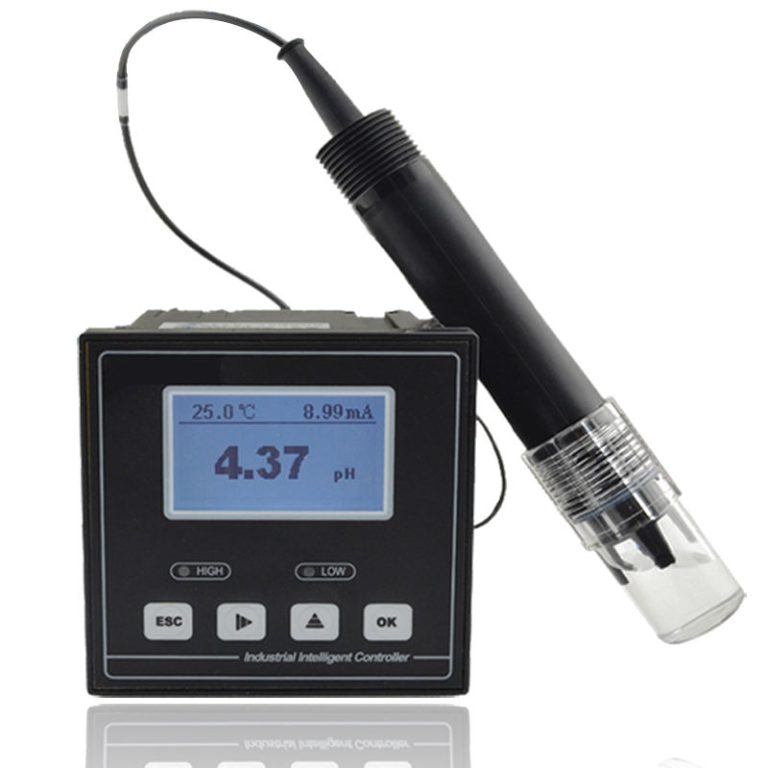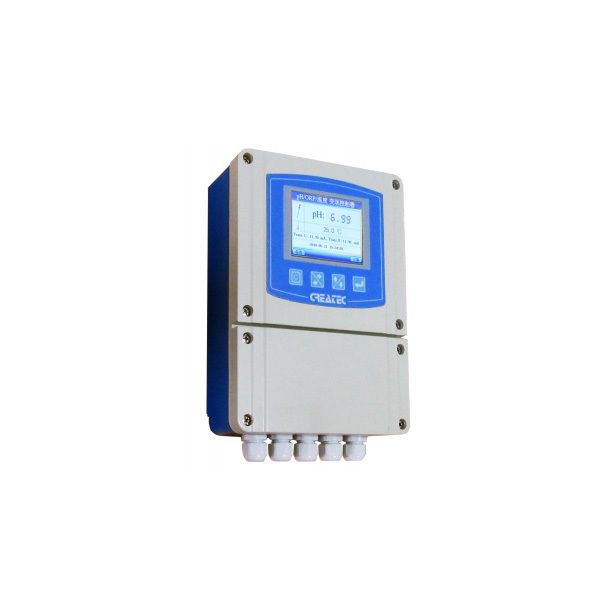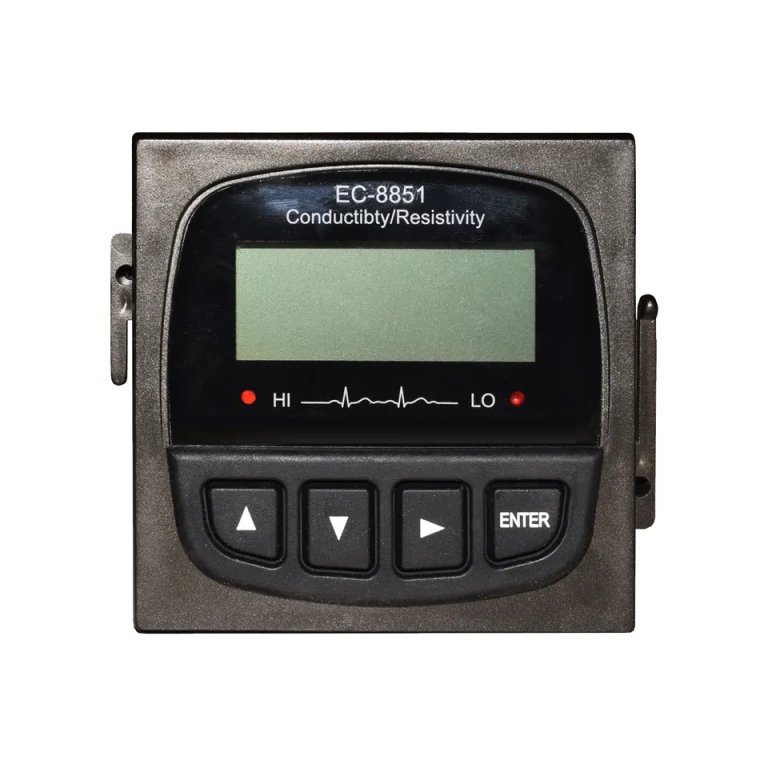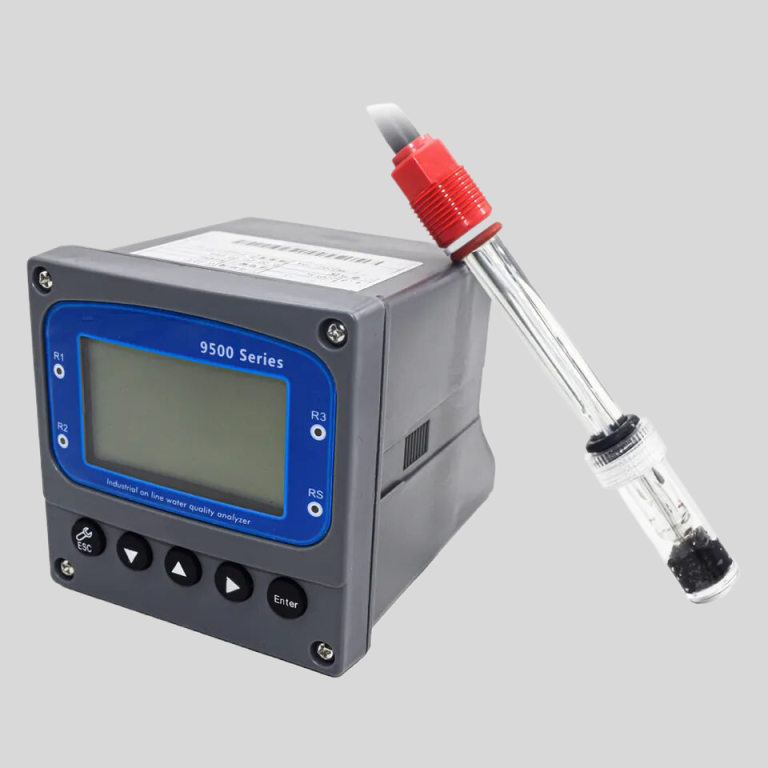Table of Contents
The Importance of Regular Water Quality Testing for Safe Drinking Water
Water quality monitoring and management are essential aspects of ensuring safe drinking water for communities around the world. Regular testing of water sources is crucial in identifying potential contaminants and ensuring that water treatment processes are effective in removing harmful substances. In this article, we will explore the importance of regular water quality testing and how it contributes to the overall management of water resources.
Water quality testing involves the analysis of various parameters such as pH, turbidity, dissolved oxygen, and the presence of bacteria and other contaminants. These tests help to determine the overall health of a water source and identify any potential risks to human health. By monitoring these parameters regularly, water managers can detect changes in water quality and take appropriate actions to address any issues that may arise.
One of the primary reasons for regular water quality testing is to ensure that drinking water meets the standards set by regulatory agencies. These standards are designed to protect public health by limiting the levels of contaminants in drinking water to safe levels. By conducting regular tests, water managers can ensure that water treatment processes are effective in removing contaminants and that the water is safe for consumption.
In addition to regulatory compliance, regular water quality testing also helps to identify potential sources of contamination and prevent waterborne diseases. By monitoring water quality, water managers can detect the presence of harmful bacteria such as E. coli and other pathogens that can cause illness in humans. By taking proactive measures to address these issues, water managers can prevent outbreaks of waterborne diseases and protect public health.
Furthermore, regular water quality testing is essential for the early detection of emerging contaminants that may pose a threat to human health. As new chemicals and pollutants are introduced into the environment, it is important to monitor water quality to identify any potential risks to drinking water sources. By staying ahead of emerging contaminants, water managers can take proactive measures to protect water resources and ensure the safety of drinking water for communities.
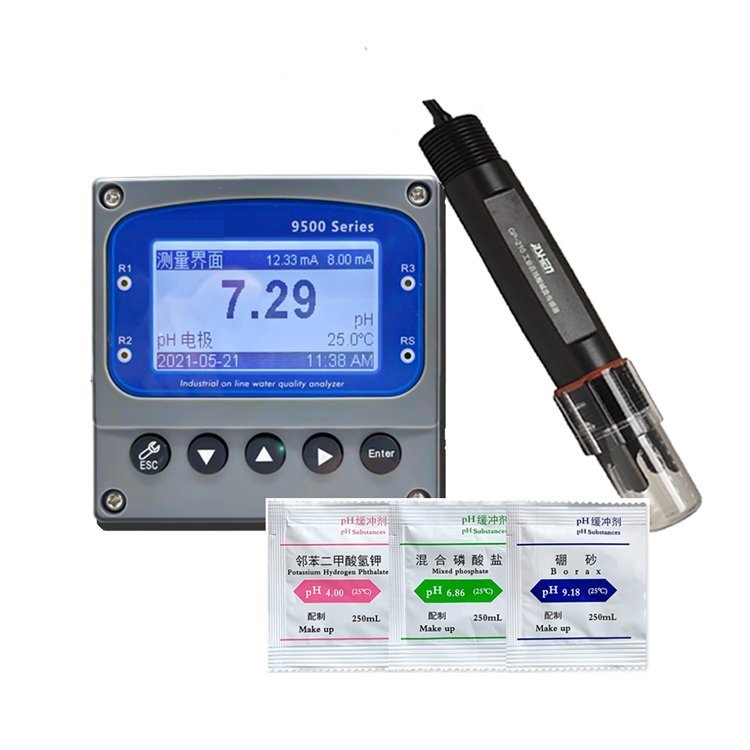
Another important aspect of water quality monitoring and management is the protection of aquatic ecosystems. Water sources are home to a diverse range of plant and animal species that rely on clean water for survival. By monitoring water quality and identifying potential sources of pollution, water managers can protect aquatic ecosystems and ensure the long-term health of water resources.
In conclusion, regular water quality testing is essential for ensuring safe drinking water for communities and protecting water resources for future generations. By monitoring water quality, water managers can detect potential contaminants, prevent waterborne diseases, and protect aquatic ecosystems. It is important for communities to invest in water quality monitoring and management to ensure the safety and sustainability of their water sources. By working together to protect water resources, we can ensure a healthy environment for all.
Best Practices for Implementing Effective Water Quality Management Systems
Water quality monitoring and management are essential components of ensuring the safety and sustainability of our water resources. With increasing concerns about pollution and contamination, it is more important than ever to implement effective water quality management systems. By following best practices, organizations can proactively monitor and manage water quality to protect public health and the environment.
Another best practice is to use a combination of monitoring techniques to gather comprehensive data on water quality. This may include both in-situ monitoring, where sensors are placed directly in the water to measure parameters such as temperature, pH, and dissolved oxygen, as well as laboratory analysis of water samples. By using a variety of monitoring techniques, organizations can obtain a more complete picture of water quality and identify any potential issues more quickly.
| ROS-360 Water Treatment RO Programmer Controller | ||
| Model | ROS-360 Single Stage | ROS-360 Double Stage |
| Measuring range | Source water0~2000uS/cm | Source water0~2000uS/cm |
| First level effluent 0~1000uS/cm | First level effluent 0~1000uS/cm | |
| secondary effluent 0~100uS/cm | secondary effluent 0~100uS/cm | |
| Pressure sensor(optional) | Membrane pre/post pressure | Primary/ secondary membrane front/rear pressure |
| Flow Sensor(optional) | 2 channels (Inlet/outlet flow rate) | 3 channels (source water, primary flow,secondary flow) |
| IO input | 1.Raw water low pressure | 1.Raw water low pressure |
| 2.Primary booster pump inlet low pressure | 2.Primary booster pump inlet low pressure | |
| 3.Primary booster pump outlet high pressure | 3.Primary booster pump outlet high pressure | |
| 4.High liquid level of Level 1 tank | 4.High liquid level of Level 1 tank | |
| 5.Low liquid level of Level 1 tank | 5.Low liquid level of Level 1 tank | |
| 6.Preprocessing signal | 6.2nd booster pump outlet high pressure | |
| 7.High liquid level of Level 2 tank | ||
| 8.Preprocessing signal | ||
| Relay output (passive) | 1.Water inlet valve | 1.Water inlet valve |
| 2.Source water pump | 2.Source water pump | |
| 3.Booster pump | 3.Primary booster pump | |
| 4.Flush valve | 4.Primary flush valve | |
| 5.Water over standard discharge valve | 5.Primary water over standard discharge valve | |
| 6.Alarm output node | 6.Secondary booster pump | |
| 7.Manual standby pump | 7.Secondary flush valve | |
| 8.Secondary water over standard discharge valve | ||
| 9.Alarm output node | ||
| 10.Manual standby pump | ||
| The main function | 1.Correction of electrode constant | 1.Correction of electrode constant |
| 2.TDS alarm setting | 2.TDS alarm setting | |
| 3.All working mode time can be set | 3.All working mode time can be set | |
| 4.High and low pressure flushing mode setting | 4.High and low pressure flushing mode setting | |
| 5.Manual/automatic can be chosen when boot up | 5.Manual/automatic can be chosen when boot up | |
| 6.Manual debugging mode | 6.Manual debugging mode | |
| 7.Spare parts time management | 7.Spare parts time management | |
| Expansion interface | 1.Reserved relay output | 1.Reserved relay output |
| 2.RS485 communication | 2.RS485 communication | |
| Power supply | DC24V±10% | DC24V±10% |
| Relative humidity | ≦85% | ≤85% |
| Environment temperature | 0~50℃ | 0~50℃ |
| Touch screen size | Touch screen size: 7 inches 203*149*48mm (Hx Wx D) | Touch screen size: 7 inches 203*149*48mm (Hx Wx D) |
| Hole Size | 190x136mm(HxW) | 190x136mm(HxW) |
| Installation | Embedded | Embedded |
Regular monitoring is also essential for effective water quality management. By monitoring water quality on a consistent basis, organizations can track changes over time and identify any trends or patterns that may indicate a problem. Regular monitoring also allows organizations to respond quickly to any issues that arise, minimizing the potential impact on public health and the environment.
| Model | CM-230S Ecomonical conductivity monitor |
| Range | 0-200/2000/4000/10000uS/cm |
| 0-100/1000/2000/5000PPM | |
| Accuracy | 1.5%(FS) |
| Temp. Comp. | Automatic temperature compensation based on 25℃ |
| Oper. Temp. | Normal 0~50℃; High temp 0~120℃ |
| Sensor | Standard:ABS C=1.0cm-1 (others are optional) |
| Display | LCD Screen |
| Zero Correction | Manual correction for low range 0.05-10ppm Set from ECO |
| Unit Display | uS/cm or PPM |
| Power | AC 220V±10% 50/60Hz or AC 110V±10% 50/60Hz or DC24V/0.5A |
| Working Environment | Ambient temperature:0~50℃ |
| Relative humidity≤85% | |
| Dimensions | 48×96×100mm(H×W×L) |
| Hole Size | 45×92mm(H×W) |
| Installation Mode | Embedded |
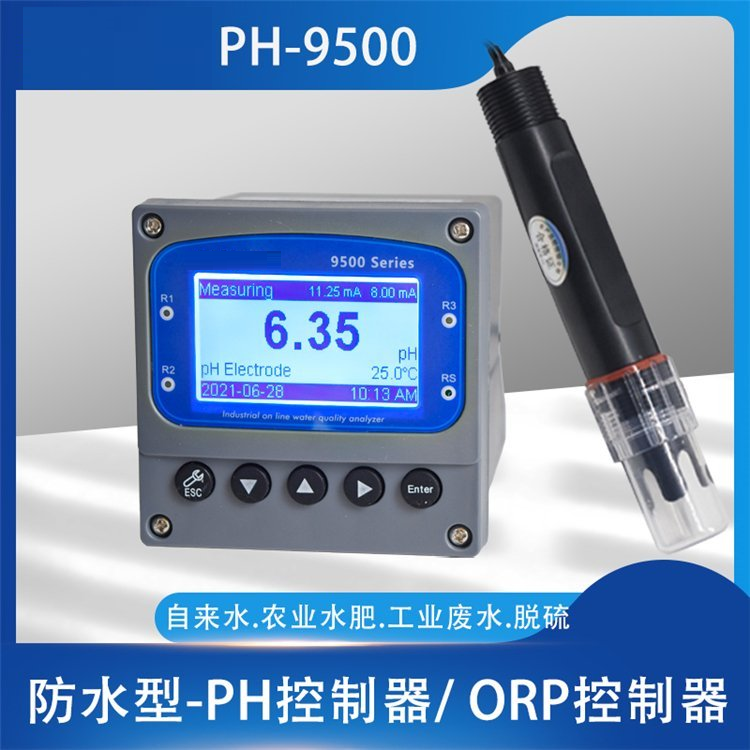
In addition to monitoring, it is important to establish a robust data management system to store and analyze water quality data. This may involve using specialized software to track monitoring results, generate reports, and identify trends. By having a centralized data management system in place, organizations can more easily access and analyze their water quality data, making it easier to make informed decisions about water management.
Communication is another key best practice for effective water quality management. By communicating regularly with stakeholders, including the public, government agencies, and other organizations, organizations can raise awareness about water quality issues and build support for their management efforts. Effective communication can also help to build trust and credibility, which is essential for successful water quality management.
Finally, it is important to regularly review and update water quality management plans to ensure they remain effective and up-to-date. This may involve conducting periodic audits of monitoring programs, evaluating the effectiveness of management actions, and incorporating new technologies or best practices as they become available. By continuously improving water quality management systems, organizations can better protect water resources for future generations.
In conclusion, implementing effective water quality management systems is essential for protecting public health and the environment. By following best practices such as setting clear goals, using a combination of monitoring techniques, conducting regular monitoring, establishing a robust data management system, communicating with stakeholders, and regularly reviewing and updating management plans, organizations can proactively monitor and manage water quality to ensure the safety and sustainability of our water resources. By taking these steps, we can help to protect our water resources for future generations.

